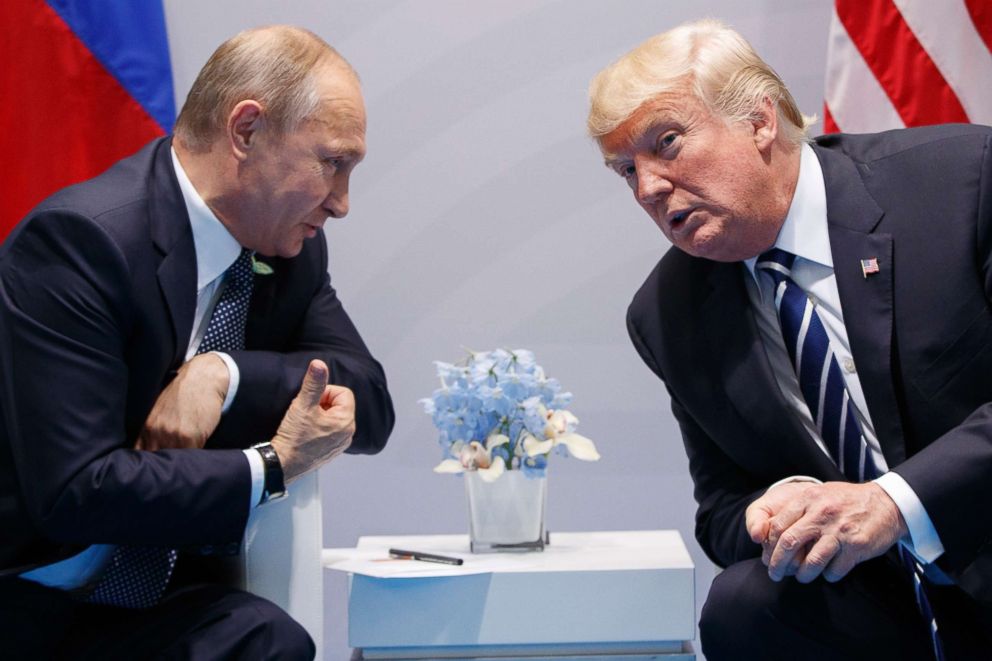Ukraine’s survival is at stake as uncertainty looms over continued U.S. military aid, following statements by former President Donald Trump and his upcoming meeting with Russian President Vladimir Putin.

Ukraine’s Dire Warning
Ahead of a crucial European summit in Paris, Ukrainian President Volodymyr Zelenskyy warned that without U.S. support, Ukraine’s chances of survival would be drastically reduced. Speaking on NBC’s Meet the Press, he stated, “We will have a low chance to survive without the support of the United States.”
Trump previously indicated he was open to reducing military aid to Ukraine. Tensions escalated when Zelenskyy rejected a U.S. proposal that would grant Washington access to Ukraine’s rare earth minerals in exchange for continued support. This, coupled with Trump’s private discussions with both Zelenskyy and Putin, has deepened concerns about Washington’s long-term commitment to Kyiv.

Can Europe Fill the Gap?
With U.S. aid in jeopardy, Europe faces mounting pressure to step up its support. During the Munich Security Conference, Zelenskyy emphasized the importance of Europe strengthening its own military, hinting at the possibility that the U.S. might refuse aid when it is most needed.
However, military experts warn that European assistance alone is insufficient. Former Ukrainian military official Lieutenant General Ihor Romanenko stressed that Europe cannot replace American aid, predicting, “We will last six months.”

European unity remains fragile, with Hungary’s Prime Minister Viktor Orban and Slovakia’s PM Robert Fico expressing skepticism about aiding Ukraine. Meanwhile, Germany’s far-right AfD party, which has been gaining political ground, could push to reduce Berlin’s support for Kyiv.
Even if Europe commits to increased military aid, challenges remain. Russia’s defense industry is outpacing NATO’s weapons production, and Ukraine struggles to match Russia’s firepower. Additionally, North Korea has reportedly supplied Russia with artillery shells and troops, further tilting the battlefield in Moscow’s favor.
A Preview of Life Without U.S. Aid
Ukraine has already experienced the consequences of a prolonged delay in U.S. military assistance. In 2024, Republican hardliners in Congress stalled a $60 billion aid package, during which Ukraine lost key strongholds in the Donbas region, resulting in significant casualties.

A Ukrainian officer who served during this period described the grim reality: “We could fire only five shells a day, while the Russians could fire hundreds without counting.”
How Long Can Ukraine Hold Out?
Since the start of Russia’s full-scale invasion in 2022, the U.S. has provided $175 billion in aid to Ukraine. Analyst Nikolay Mitrokhin estimates that, depending on how quickly Ukrainian forces deplete their supplies, existing U.S. aid could last until mid-summer or early autumn. However, Europe lacks the capacity to replace essential U.S. military support, particularly Patriot missiles and heavy artillery.

Mitrokhin speculates that U.S. support may resume if relations between Trump and Putin deteriorate. “Trump’s and Putin’s relationship will turn sour, and we will soon see a decisive increase in U.S. supplies,” he predicted.
A Deal Ukraine Refused
Zelenskyy’s rejection of Trump’s proposal to exchange mineral resources for military aid has sparked debate. Some argue that the U.S. should treat Ukraine as a true ally rather than imposing economic conditions on support. Analyst Alexey Kushch compared the situation to World War II, when the U.S. provided military assistance without demanding Soviet resources in return.

Uncertain Future
Many Ukrainians fear that their fate is being decided by global powers without their input. Vsevolod Boyko, a retired school principal whose son is fighting in Donbas, summed up the sentiment: “A bunch of Russians and Americans in expensive suits will carve up Ukraine without asking us. And if we reject their conditions, they will push the button to stop the aid.”

